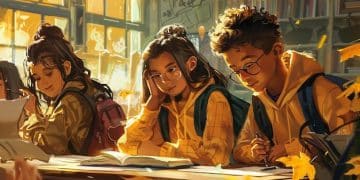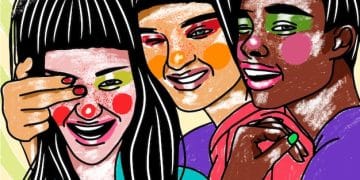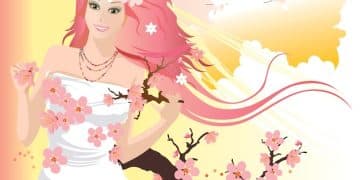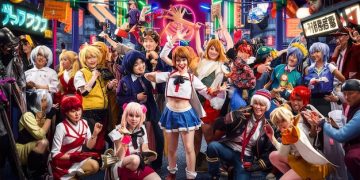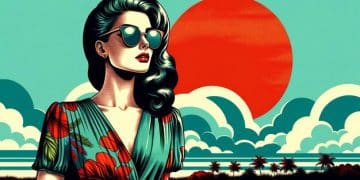The Evolution of Shonen Art: From Classic to Modern Styles
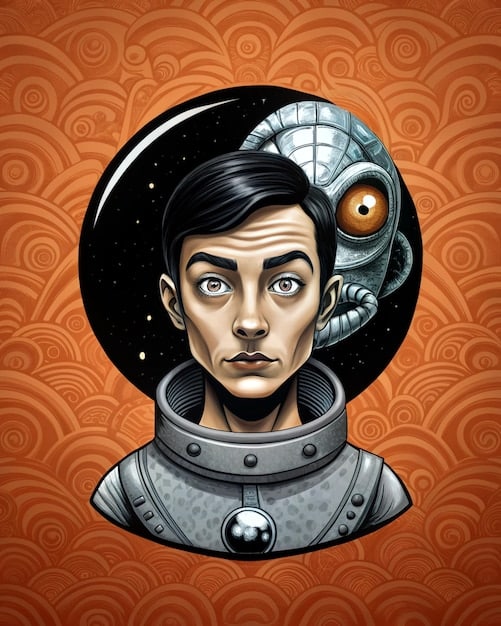
The evolution of shonen art has undergone significant transformations, shifting from the bold, simplistic styles of early manga to the more detailed and dynamic visuals seen in contemporary series, reflecting changing trends and technological advancements in the industry.
The world of shonen manga is visually captivating, but have you ever stopped to consider the evolution of shonen art? From its humble beginnings to the dynamic styles we see today, the journey is as exciting as the stories themselves.
The Foundations of Shonen Art: Osamu Tezuka and Beyond
The genesis of shonen manga art can be traced back to the legendary Osamu Tezuka, often hailed as the “God of Manga.” His pioneering work laid the foundation for many stylistic conventions that would define the genre for decades to come.
Tezuka’s Influence: Simplification and Expression
Tezuka’s style was characterized by its simplicity and expressiveness. He drew inspiration from Disney animation, incorporating large, emotive eyes and streamlined character designs.
- Large, Expressive Eyes: Tezuka’s characters had oversized eyes that conveyed a wide range of emotions, making them instantly relatable to readers.
- Simplified Character Designs: He streamlined character designs to make them easier to draw and more accessible to a young audience.
- Dynamic Panel Layouts: Tezuka experimented with panel layouts to create a sense of movement and excitement, enhancing the reading experience.
- Focus on Storytelling: While the art was important, Tezuka always prioritized storytelling, using visuals to enhance the narrative rather than overshadow it.
Tezuka’s influence extended beyond his own works, shaping the visual language of shonen manga for generations of artists. His emphasis on clear storytelling and expressive character designs remains a cornerstone of the genre.
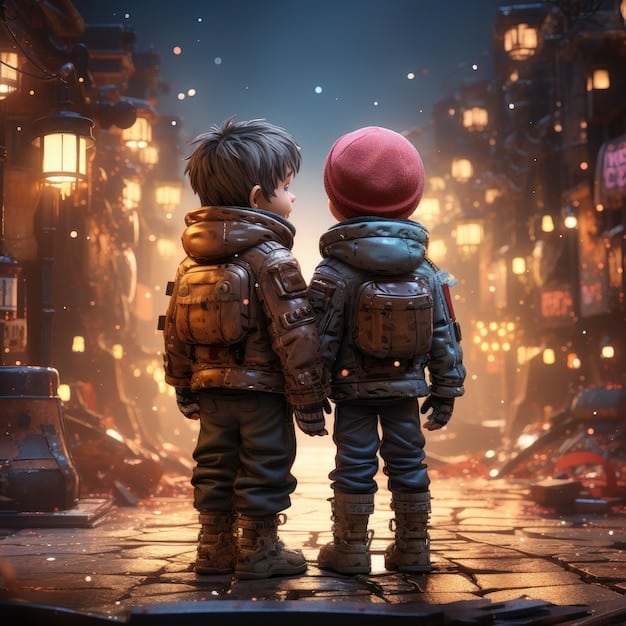
The Rise of Action: The 1970s and 1980s
The 1970s and 1980s saw a shift in shonen manga, with action and adventure becoming increasingly popular. This led to a corresponding evolution in art styles, with a greater emphasis on dynamic poses, detailed backgrounds, and impactful visual effects.
The Emergence of Muscular Heroes
Characters became more physically imposing, with muscular physiques and exaggerated proportions reflecting their strength and fighting prowess. Series like “Fist of the North Star” exemplified this trend.
During this period, artists began to experiment with more detailed rendering techniques, adding depth and realism to their artwork. This included more intricate linework, shading, and the use of perspective.
Examples include:
- Fist of the North Star: Known for its hyper-masculine character designs and brutal fight scenes.
- Dragon Ball: Akira Toriyama’s iconic series, which blended action with humor and featured increasingly powerful characters.
- Saint Seiya: A visually stunning series with elaborate armor designs and epic battles.
The 1970s and 1980s marked a significant turning point in shonen art, with action-oriented series pushing the boundaries of visual storytelling and character design. This era laid the groundwork for the even more dynamic and detailed styles that would emerge in the decades to come.
The 1990s: Refinement and Experimentation
The 1990s witnessed a further refinement of shonen art styles, with artists exploring new techniques and pushing the boundaries of visual expression. This era saw the emergence of some of the most iconic and influential manga series of all time.
The Influence of “Dragon Ball” and Beyond
Akira Toriyama’s “Dragon Ball” continued to be a dominant force, inspiring countless artists with its high-energy action and iconic character designs. However, other series also made significant contributions to the evolution of shonen art.
- Fullmetal Alchemist: Hiromu Arakawa’s series stood out for its gritty realism and detailed character designs.
- Yu Yu Hakusho: Yoshihiro Togashi’s series, known for its dark tone and supernatural themes.
- Rurouni Kenshin: Nobuhiro Watsuki’s series, blending historical drama with dynamic action sequences.
These series showcased a greater emphasis on character development, intricate world-building, and visually compelling storytelling. The art styles became more refined and expressive, reflecting the growing sophistication of the genre.
Digital Revolution: The 2000s and Beyond
The advent of digital technology has had a profound impact on shonen art, giving artists new tools and techniques to work with. Digital drawing tablets, software, and other technologies have allowed artists to reach levels of detail and polish that were previously impossible.
The Rise of Digital Art Techniques
Digital art has streamlined the manga creation process, allowing artists to experiment more freely and produce artwork more efficiently. This has led to a greater diversity of art styles and a higher overall level of visual quality.
Some Key aspects of digital art techniques include:
- Increased Efficiency: Digital tools allow artists to quickly correct mistakes, experiment with different colors and effects, and streamline the overall creation process.
- Enhanced Detail: Digital software allows for greater precision and control, enabling artists to create artwork with incredibly fine details.
- Variety of Styles: Digital tools allow artists to emulate a wide range of traditional art styles, as well as create entirely new and unique visual approaches.
The digital revolution has empowered artists to push the boundaries of shonen art, resulting in a new wave of visually stunning and innovative manga series.
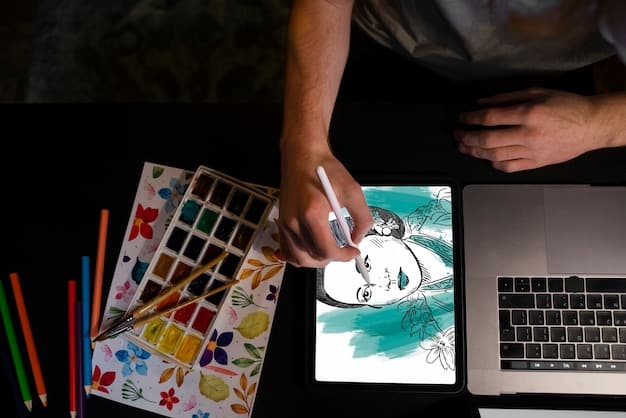
Modern Trends in Shonen Art
Contemporary shonen manga art is characterized by its diversity and innovation. Artists are constantly experimenting with new styles and techniques, pushing the boundaries of visual expression.
Hyper-Detailed Character Designs
Many modern shonen series feature incredibly detailed character designs, with intricate costumes, hairstyles, and facial features. This level of detail adds depth and realism to the characters, making them more visually engaging.
Modern trends include:
- Dynamic Action Sequences: Modern shonen manga is known for its high-energy action sequences, with dynamic poses, fluid motion, and impactful visual effects.
- Bold Use of Color: Color is used more frequently and creatively in modern shonen manga, adding vibrancy and visual appeal to the artwork.
- Blending of Styles: Many artists blend different art styles and techniques, creating unique and visually striking works.
Series like “My Hero Academia” and “Demon Slayer” embody these modern trends, with their visually stunning artwork and dynamic storytelling.
Future Directions: AI and Beyond
The future of shonen art is likely to be shaped by emerging technologies such as artificial intelligence (AI). AI-powered tools could assist artists with various tasks, such as generating backgrounds, coloring artwork, and even creating entire manga panels.
The Potential of AI in Manga Creation
While AI is unlikely to replace human artists entirely, it could become a valuable tool, allowing them to focus on the creative aspects of manga creation, such as storytelling and character design.
AI has the potential to revolutionize the manga industry, making it more efficient and accessible. However, it also raises questions about artistic ownership and the role of human creativity.
Points to consider:
- AI as a Tool: AI could be used to automate repetitive tasks, such as inking and coloring, freeing up artists to focus on more creative aspects.
- Collaboration Between Humans and AI: Artists could collaborate with AI to create unique and innovative artwork.
- Ethical Considerations: The use of AI in manga creation raises ethical questions about artistic ownership and the potential for job displacement.
The integration of AI into the manga creation process is likely to be a complex and evolving process, with both opportunities and challenges. Ultimately, the future of shonen art will depend on how artists and the industry as a whole embrace and adapt to these new technologies.
| Key Point | Brief Description |
|---|---|
| 🎨 Tezuka’s Influence | Simplified designs, expressive eyes. |
| 💪 Action Era | Muscular heroes, dynamic poses. |
| 💻 Digital Art | Increased detail, streamlined creation. |
| 🤖 AI’s role | Assisting with creation, focus on creativity. |
Frequently Asked Questions
▼
Tezuka revolutionized shonen manga with simplified character designs and expressive eyes, drawing inspiration from Disney animation to create relatable and emotive characters.
▼
Action manga led to more dynamic poses, detailed backgrounds, and muscular character designs. Series like “Fist of the North Star” exemplified these changes in visual storytelling.
▼
Digital technology increased efficiency, allowed for enhanced detail, and diversified art styles, leading to higher overall visual quality in manga production.
▼
Modern trends include hyper-detailed character designs, dynamic action sequences, a bold use of color, and blending of various visual styles, creating unique and striking works.
▼
AI could potentially assist artists with tasks like generating backgrounds or coloring, allowing them to focus more on storytelling and character design, while raising ethical questions about ownership.
Conclusion
From the pioneering work of Osamu Tezuka to the digital innovations of today, the evolution of shonen art has been a remarkable journey. As technology continues to advance, the future of shonen art promises to be even more dynamic and visually captivating, offering endless possibilities for artists and fans alike.
